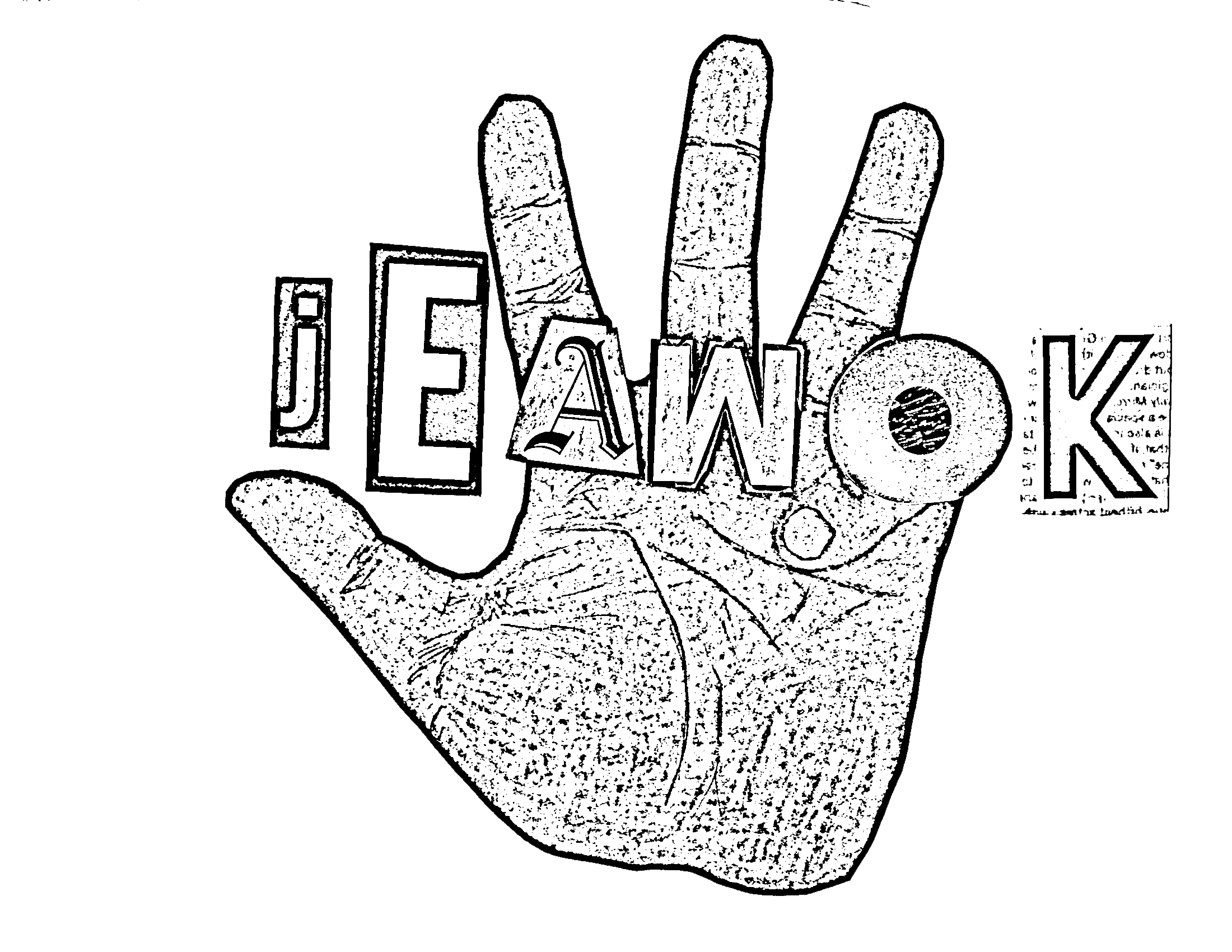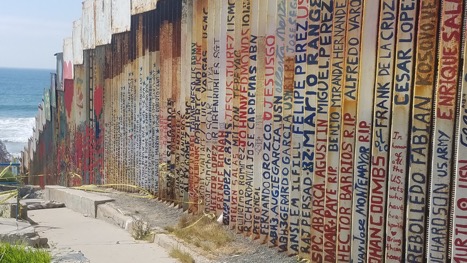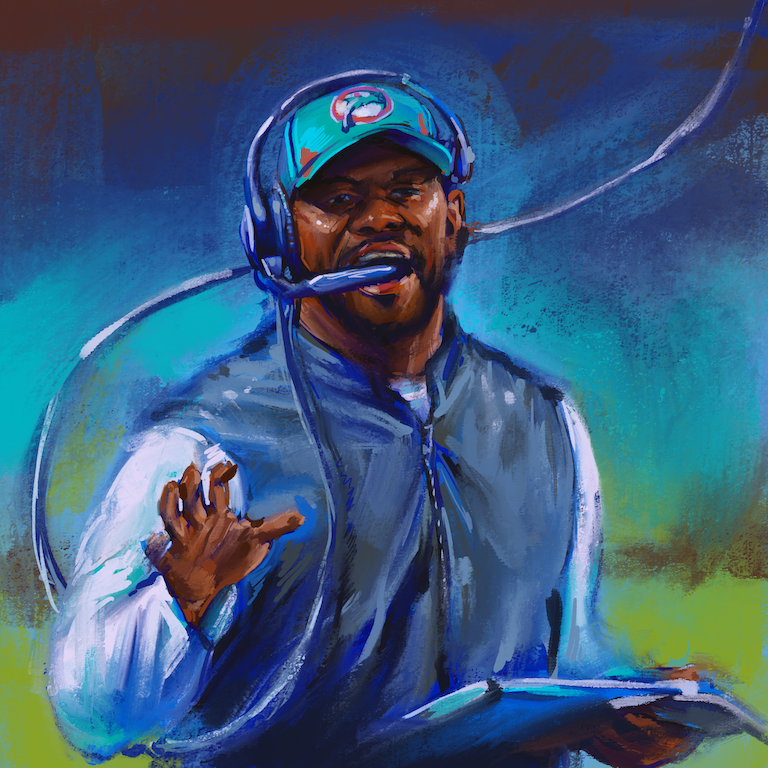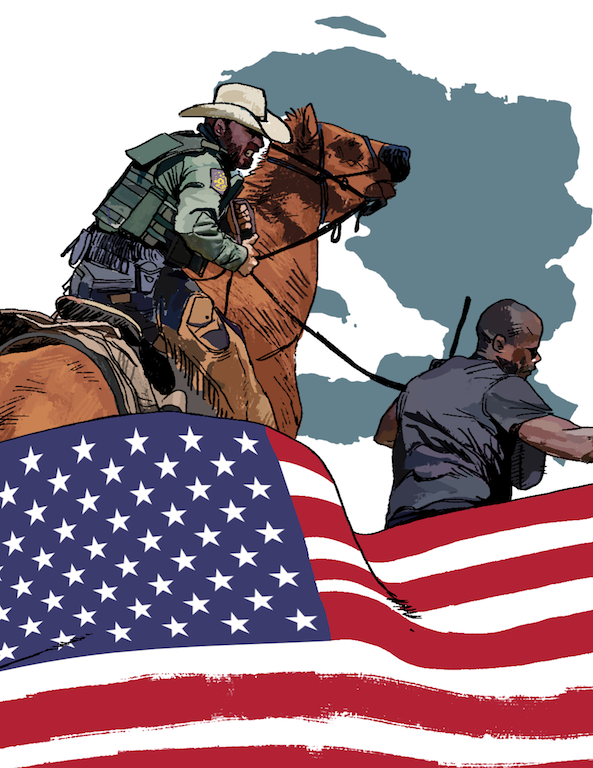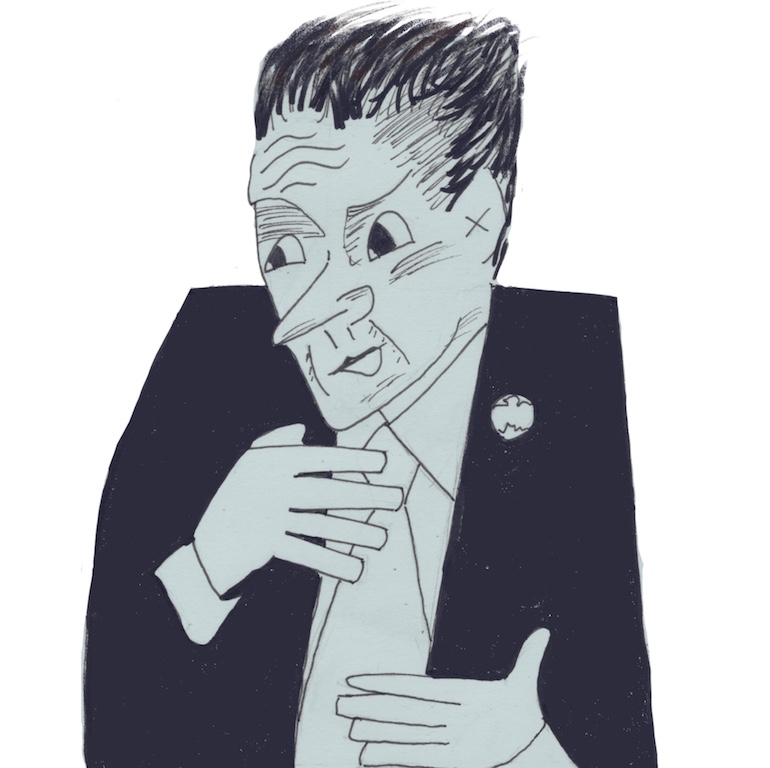If kids in cages don’t upset you enough to denounce ICE, maybe three decades of deported soldiers, sailors, Air Force personnel, and Marines will help.
A couple of years ago I was drinking a beer in a bar in Guadalajara, Mexico called The Bone House, because I am a child and the name made me laugh. I was alone, and my Spanish was good enough to be respectful to the staff, but not good enough to try to make any friends. I have three nautical stars tattooed on my arm: red, white, and blue, because sometimes you’re 21 and have a few bucks to spend after a Navy deployment.
A gentleman of Latin decent approached me and asked, in perfect English, if I worked on boats, alluding to my nautical starts. I told him I had long ago served in the U.S. Navy, but no longer was involved in the military nor anything related to the ocean.
He then told me that he, too, was a Navy veteran. When I asked him where he was stationed, he said, “San Diego,” and I replied with something along the lines of, “Me too! Do you ever go back?” I can’t remember my exact words, but I certainly remember his response, vividly, to this day.
“I’m not allowed. I got deported.”
As a white-faced fellow in Mexico with red, white, and blue starts on my arm, my very first thought was that he was joking, and upon realizing he was not, my second was, embarrassingly enough, I wonder what he did wrong. Spoiler alert: he did nothing wrong.
After another beer and some friendly banter about the reputations of our respective football teams (Eagles and Raiders fans have a cellmate-like relationship), I decided I would ask what he did wrong. “So did you get kicked out of the military or something?” I asked.
“No. I was honorably discharged. Then they deported me a couple of years later.”
I don’t much like the U.S. government, but I do love anyone who served, as the general mindset of military folk I have encountered is “I did it because I want to help people.” His response angered and confused me to the point where I don’t remember much more about the conversation, as all I could think about was “Is he the only one?”
(For context, an honorable discharge is supposed to mean you served your contracted time to the best of your ability and officially become a veteran the rest of your life, able to receive the Post 9/11 G.I. Bill education benefits, the VA Home Loan, healthcare, and much more. I received these things, but I was born on the correct side of an imaginary line, I guess, and in the government’s eyes that apparently makes my service and sacrifices more valuable. I disagree with the government.)
I discussed my interaction at the Bone House with a few other veterans, and we all got upset and such, but continued living our privileged lives without taking any real action thinking this guy must have been an anomaly.
Fast-forward to 2020
After moving back to San Diego, I took a quick trip across the border to Tijuana to see some of the murals painted on the Mexican side of the border wall (built in 1990… praise Bush the elder, not Trump, if you’re in to pointless racist walls).
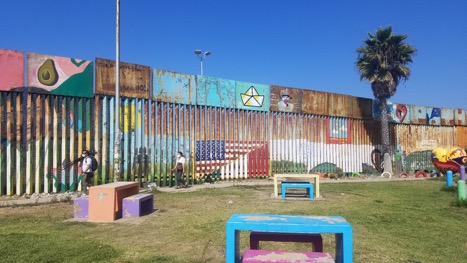
CAPTION: A view of the murals on the Tijuana border wall, when looking inland, or West to East. Gary Flick
I was told about the murals by a few friends, and how they were not only beautiful (as you can see above), but also depicted unity and peace between the two nations, something that has always been personal to me, having lived in both wonderful countries multiple times.
What I did not know about this wall mural, however, was its history, nor what was depicted when looking at the wall from the East, facing West.

CAPTION: The opposite angle of the same wall shown above. Note the square posts, allowing for different murals from different angles.
When looking from the opposite angle, a 150-foot stretch of the wall just depicted a bunch of names. As I looked closer, I saw that many of these names had qualifiers much like my own when I served in the Navy. “USMC,” “ARMY,” “PFC,” “USN,” “AB2,” and many similar titles were added to these names, all common nomenclature in the U.S. military. My initial thought was that it may be Mexican-born, U.S. service members who gave their lives. Though many of those people do exist, this list is a lot more maddening than saddening, I would quickly find out.
The names were all Mexican-born U.S. service veterans who were promised citizenship and, instead, were deported after their service just like the man I had met a few years prior. He was not an anomaly, nor anywhere near.
The second part of this article, to be released next week, will dive deep into the historical and legal reasons these names are on this mural. From broken promises in the 90s to ICE raids in 2020, both parties of the U.S. government have been involved in deporting veterans at a steady clip for multiple decades, without much news coverage.
It will discuss the processes being taken stateside to prevent this from continuing, as well as initiatives to help on the Mexican side of the border, such as volunteer-ran homes and “bunkers” for men and women who thought (and were promised) that serving in the United States military would grant them citizenship and a new life for their families, but instead sent them back to live in a country where they no longer had homes and jobs.
